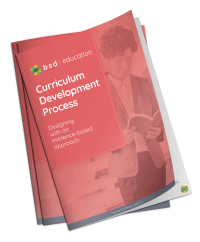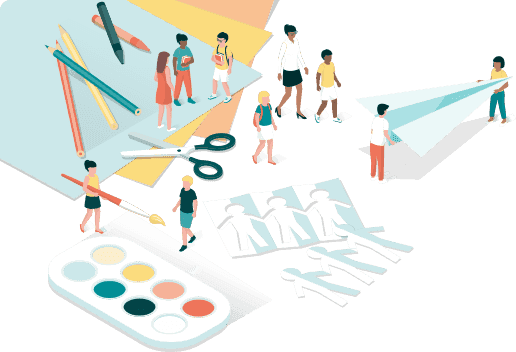Designing With an Evidence-Based Approach
Our Pedagogical foundation and curriculum development process is built from studying educational research and from decades of practical in classroom all over the world.
Learn More about what stands behind BSD’s
600+ hours of certified curriculum.

See BSD’s Full Curriculum Process And Pedagogical Foundation
Download our syllabus Development method to find out additional concerning research-backed important theories of action and key approaches that drive success within the room and back our education foundation.
Look Inside
4 main theories of action to address the Digital Learning Gap
Key approaches to curriculum identified as future proof and fundamental
A snapshot of the research supporting BSD’s logic model
Meeting The Challenges Of
The Digital Learning Gap
1. BSD Pedagogical Foundation
The BSD Curriculum
The majority have suffered alteration in some kind, by injected humour, or irregular words that don’t look even slightly credible


Best Practices In Curriculum Design At Codenbeyond
Along with our foundational pedagogy and learning cycle, we have a tendency to additionally follow evidence-based practices for course of study style
****
Teaching through Real-World Connections
Our lessons are measure designed to form authentic learning expertise’s wherever students will experience connections to universe problems and issues, exposing them to key world problems and themes
Teaching Social Emotional Learning
Our course of study designers uses a social-emotional learning lens once coming up with lessons that connect with key problems in social justice, vital race pedagogy, and culturally relevant practices.
Best Practices in Computer Science Education
Our team consults best practices in engineering education in our approach to coming up with and developing secret writing comes that align to rigorous standards like CSTA and ISTE.
User Experience and Interface Design
We style our platform in order that students associate degreed lecturers will simply operate and navigate through it in an intuitive and logical manner. Continual improvement on the planning of our product depends on feedback from customers and prioritization for brand spanking new developments and options, victimization the increase methodology for continuous improvement.
Digital Skills For The Workforce Of Tomorrow
To prepare students for undefined futures wherever computer science, increased reality and knowledge privacy square measure all rising topics with tremendous impacts on society, we have a tendency to plant four approaches into our syllabus that are known as future future proof and fundamental:
a) Procedure Thinking
b) Style Thinking
c) Coding/Programming
d) Digital Citizenship

Using A Logic Model To Describe Our Evidence-Based Approach
A logic model is a tool that researchers and practitioners use to align the objectives of a product or service to measured outputs that are proven by peer-reviewed research. The research that best supports the Outcomes in our logic model are divided into 3 categories: Teacher Ability, Technical Skills, and Project-Based Curriculum.

At BSD Education, we know that in order to provide high quality products to teachers and students, it must start with a strong foundation that comes from research, proven methods, and from best practices within the fields of education and the workforce.

**********

Download Curriculum Development Process
Want Your School To BeAll Set For Digital Skills?
ur keeper resolution provides everything you wish from resourses, tools and unmatched support for you to bring digital skills learning to your schoolroom
BSD Education (Build Something Different) partners with
schools to bring technology education into K-12 classrooms
through our programs of learning, online learning
platform and professional development training.

